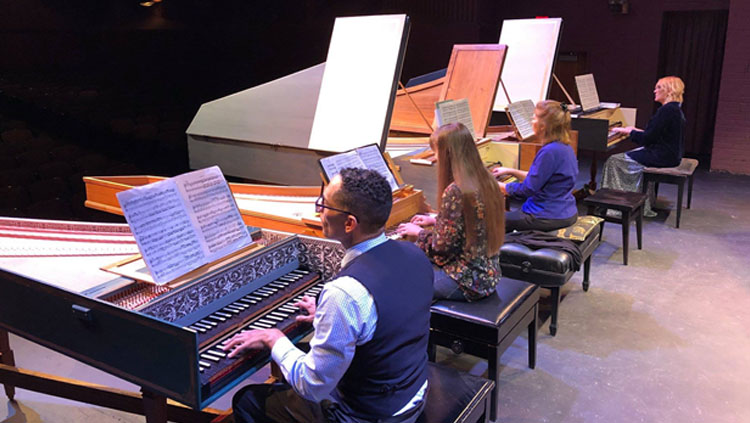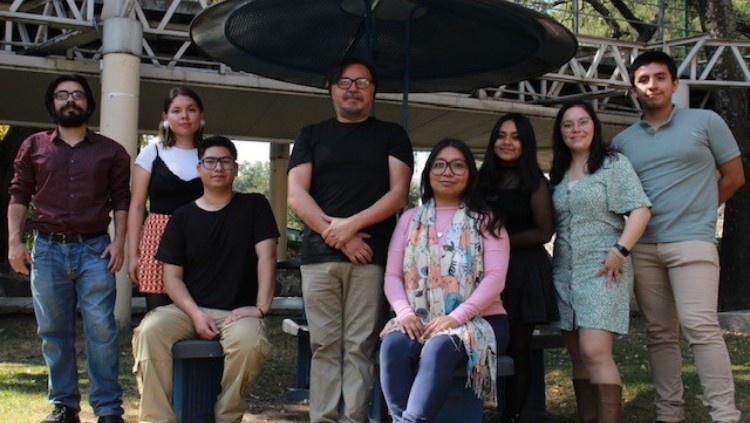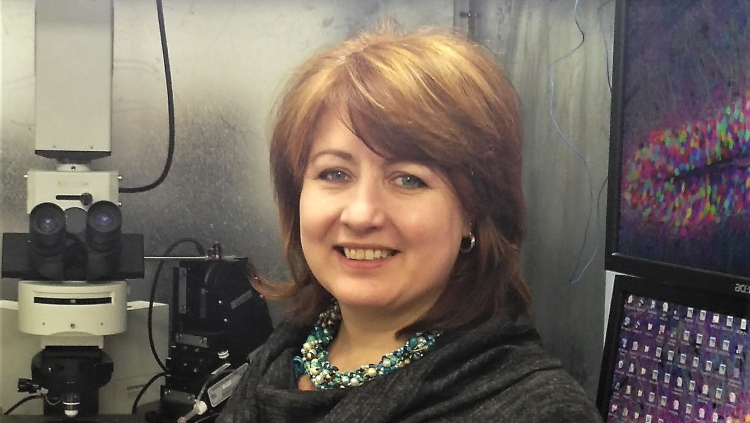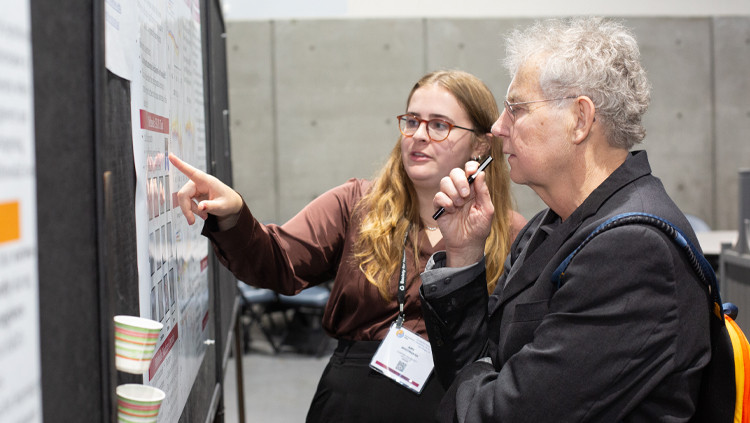
Graduate school is a time filled with excitement, discovery, and, at times, stress, and anxiety. The complexity of learning what your interests are and planning your career during this time can be especially amplified for students pursuing transdisciplinary careers in the arts and sciences.
As an undergraduate, I chose to study both music and the brain, and was encouraged to and discouraged from pursuing a career that combined the two by various faculty and departments — often in equal parts. But, I couldn’t pass up the opportunity to combine my loves of music and the brain.
This came with unique opportunities and challenges in grad school, but to this day, I can’t imagine my life without either neuroscience or music. Combining neuroscience and art in grad school has had several personal impacts on my early scientific career, among them helping me think about problems from a multitude of perspectives and distribute my time among research, teaching, and service in both realms (and taking breaks).
I’ve met multitalented individuals who have become artistic and scientific collaborators. I’ve found ways to make a difference in the world on a larger scale, because everyone is able to connect on some level to art. Even if federal funding isn’t available, there is always interest in the topic I study, one that every human being can relate to.
Several studies further describe the benefits of integrating the arts into science, technology, engineering, and math education, as well as the potential benefits of divergent thinking and metacognitive skills in STEAM learning. In particular, STEAM education has been shown to train scientists to be well-rounded and creative. Other benefits include improved communication, rapid hypothesis generation, discipline development, impact on public understanding of science, leading to increased public funding, and more supportive and collaborative research environments. These benefits could translate to graduate education.
If you think you may want to integrate art into the science you do in graduate school, consider these main takeaways from my experience:
- Don’t let others tell you a career path that combines science and art isn’t possible. Likely, you will be an innovator in your own right!
- Schedule informational interviews or coffee chats with other people you know who may be pursuing a career path that combines these fields. It helps to know you are not alone.
- Surround yourself with like-minded faculty and colleagues. Does your program support scientific and artistic endeavors? Do they support work in a new field?
- Find a PI who supports you in exploring your interests in both fields.
- Check in with yourself to make sure you’re not taking on too much at any point. How are you handling it all?
Although the path I chose has been challenging at times, I have no regrets in pursuing it. One of my favorite quotes, from Albert Einstein, demonstrates the value of combining your interests in this way: “The greatest scientists are artists as well.”






